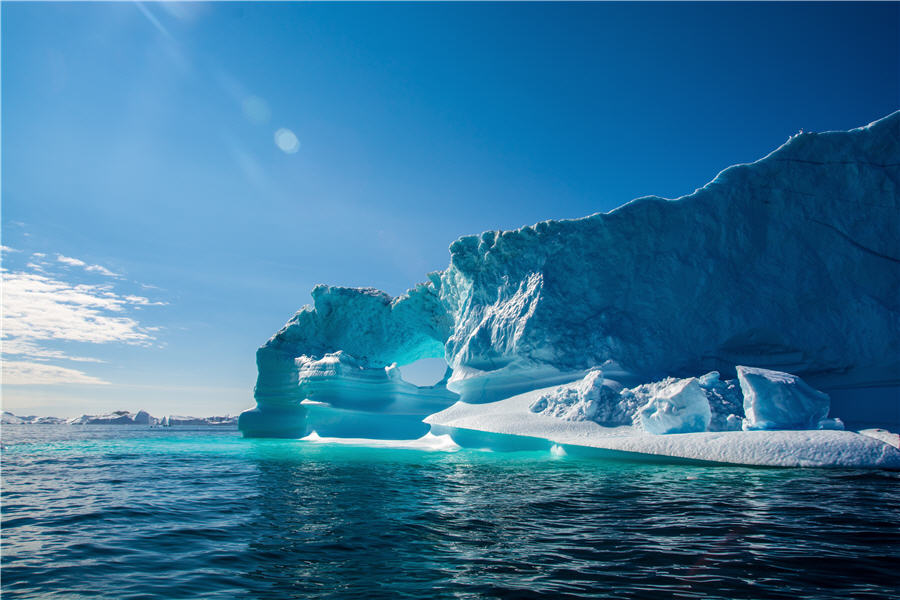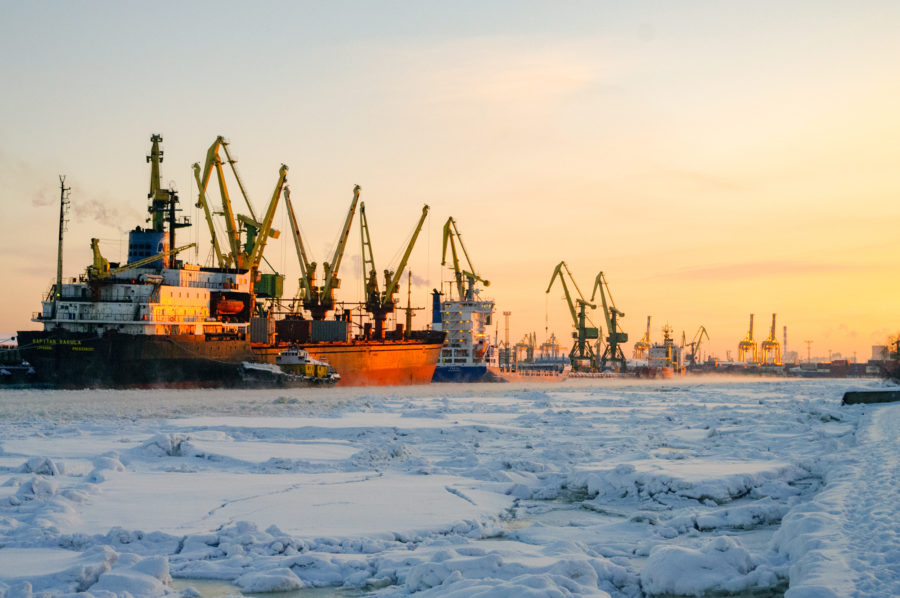$100 billion could be invested in the Arctic over the next decade — report

Despite the resource-based employment opportunities available in the Arctic, only a quarter of the students at Technical Universities polled were willing to move there, and then only in case of “acute need or a very tempting offer,” Russia’s ForPost Nord West reported.
Meanwhile, the Arctic’s population is in decline. In total, only about 4 million people live in the Arctic worldwide, and in most countries indigenous peoples make up a minority of the Arctic population, according to the National Snow & Ice Data Center.
The Wilson Center in Washington DC published Opportunities and Challenges for Arctic Oil & Gas Development, reporting it is believed an estimated $100 billion could be invested in the Arctic over the next decade.
As climate change is making the Arctic more accessible, energy companies are likely eying the region
The Arctic contains vast oil and natural gas reserves—the U.S. Geological Survey estimates the Arctic could contain 1,670 trillion cubic feet of natural gas and 90 billion barrels of oil, or 30% of the world’s undiscovered gas and 13% of oil, Wilson Center reported.
And as climate change is making the Arctic more accessible, energy companies are likely eying the region.
The Arctic’s western hemisphere has significant medium- to long-term hydrocarbon resource potential, but the likely development timeframe will be from 2025 and beyond, Wilson Center noted.
The Center also reported that Northern governments and major international oil companies are seeking to expedite the exploration process in order to develop cost-effective ways to bring these resources to market from relatively remote and not easily accessible fields in offshore Alaska, Canada, and Greenland.
Read the full report here
{{ commodity.name }}
{{ post.title }}
{{ post.date }}

Comments